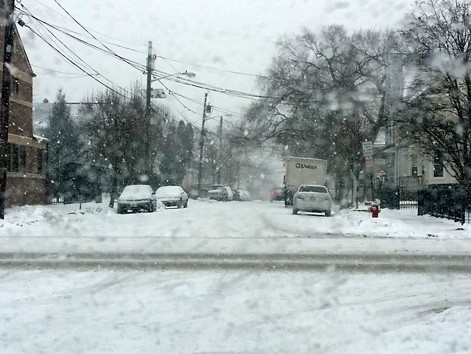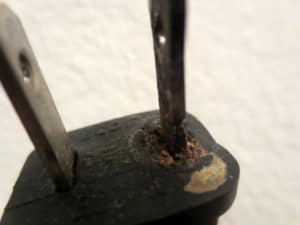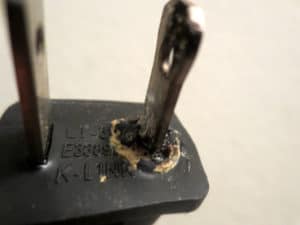
With the current extreme cold temperatures sweeping the nation, we should look at this as an opportunity to reassess our cold weather preparedness. This should not only take into account what we do at home, but should also include what we do while traveling. As always, prepping isn’t just about being prepared for what we can foresee, it’s also being prepared with the knowledge and tools to adapt to the unimaginable. Many communities are experiencing record low temperatures that many of us have never experienced. As the temperature falls, the number of situations we should be prepared for increases.
The highest priority situation to be ready for is fire, rather, taking the necessary steps to prevent a fire. Many of us have space heaters that we use when our standard heating element isn’t sufficient. These are one of the leading causes of fires during these cold spells. The best course to take is to replace older space heaters with newer ones for a number of reasons. Most fires caused by space heaters are from the constant power being drawn and old and ill-maintained circuitry in the home. Modern space heaters have automatic temperature controls that turn the unit off when the set temperature is reached. Another reason to replace old units is the possibility that the cords may be worn and brittle. The very least one should do is to inspect the space heater itself for obvious damage, including the power cord and plug. Be sure to keep flammable material and liquid away from the heater and outlet. This may seem like common sense, but sometimes we get lazy and don’t always do our due diligence. Electric blankets and heating pads should be inspected for damage as they also pose a risk of fire and injury.


Another avenue of concern is using an oven to provide heat. This should never be done as it can cause carbon monoxide poisoning. It may be tempting when it is bitterly cold and you have no heat, but the risk outweighs the benefit. Using candles as a heat source also runs the risk of fire and the heat provided by the candle is minimal. Again, this is not worth the risk.
While we should also be prepared in our vehicles, special considerations should be made during the cold weather. Keep a blanket in the car, any blanket. There is no need to get a fancy, fold up into a matchbook blanket, when a regular full sized blanket will work. Check tire pressure; cold temperatures cause tires to lose air pressure. Underinflated tires lessen gas mileage as well as increases the tires’ susceptibility to a blowout. Also, replace worn tires. Driving on snow or ice with severely worn tires is asking for trouble. You may pay a premium now, as demand is high, but it is better to shell out the extra money than to put it off and pay for it with an expensive car repair bill. Keep your vehicle’s gas tank filled to at least half tank. Being stranded in the cold is among the last things you want. No gas means no heat. Invest in roadside assistance. Your cellphone company may offer it, your car insurance company offers it and there is AAA.
These are just a few cold weather preparations to consider. Remember, like in situations of extreme heat, extreme cold can be deadly. A few preparatory actions can save time and money and in some cases, your life.

Be the first to comment